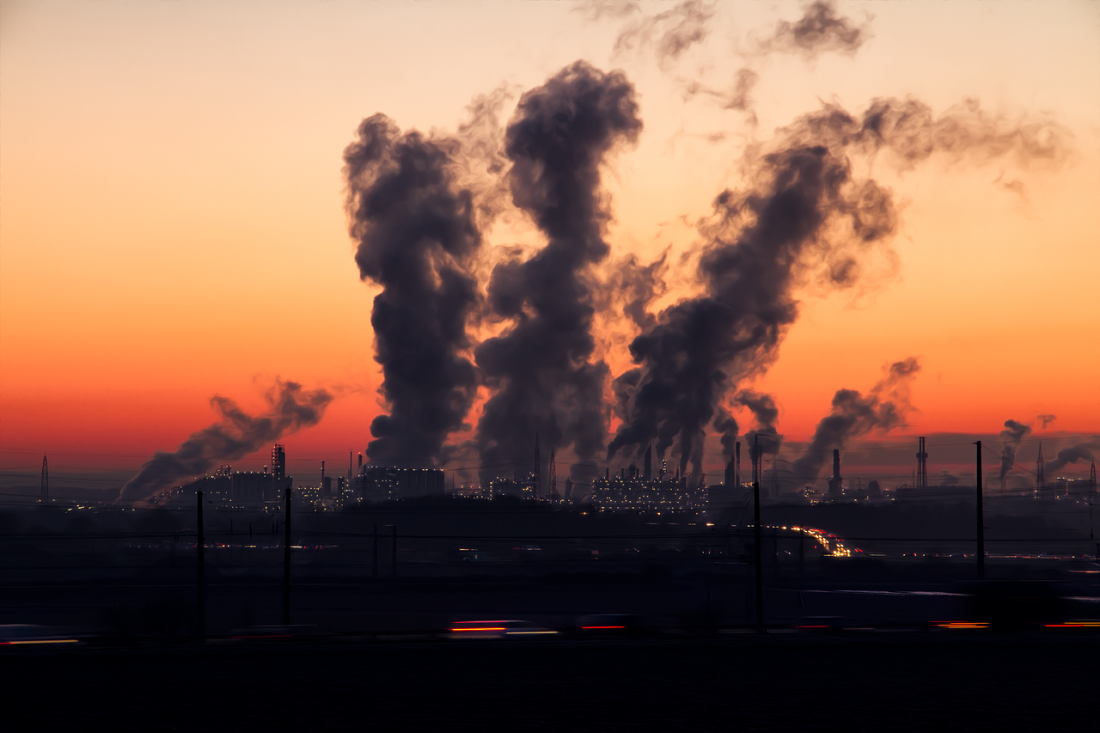“Although China’s air quality has improved in recent years, indoor and outdoor air pollution still has serious health impacts, " says senior author Professor Dominick Spracklen from the University of Leeds. [Image added by Asia Research News]
The study, by scientists from the University of Leeds, UK and the Southern University of Science and Technology, China, analysed air pollutant concentrations from China’s national network of around 1,300 monitoring stations to quantify the response of air pollution across China during the COVID-19 lockdown.
They found that the falls in some air pollutants like nitrogen dioxide (NO2) were substantial, whereas other pollutants like particulate matter (PM) and ozone pollution were only slightly reduced or barely affected.
The study is published today in the IOP Publishing journal Environmental Research Letters.
Senior author Professor Dominick Spracklen, from the University of Leeds, said: “Although China’s air quality has improved in recent years, indoor and outdoor air pollution still has serious health impacts, with 12 per cent of deaths in China in 2017 attributable to it. Understanding trends in air quality is therefore essential to assess the effectiveness of recent air quality measures and help inform future air pollution mitigation. The application of control measures during the COVID-19 outbreak enabled us to analyse the potential air quality improvements resulting from a reduction in emissions.”
To understand the impact of the control measures during the COVID-19 outbreak, the researchers compared pollutant concentrations in 2020 with expected concentrations had the COVID-19 outbreak not occurred.
They used a time series of China-wide measurements of key pollutant concentrations, from January 2015 to April 2020, to isolate the changes during the lockdown period compared with concentrations otherwise expected based on recent trends, seasonality, and the effects of the Lunar New Year (the precise date of which changes from year to year).
Lead author Ben Silver, from the University of Leeds, said: “During the lockdown period in China, defined as January 23rd to March 31st, 2020, we found that the largest reductions occurred in NO2, with concentrations 27 per cent lower on average across China. The largest reductions were in Hubei province, where NO2 concentrations were 50.5 per cent lower than expected during the lockdown.
“Much smaller reductions were observed for other pollutants. PM2.5 – fine particles measuring less than 2.5 µm – had a modest reduction of 11 per cent across China, and was not reduced in north-east China. These particles are the most harmful constituent of air pollution, as they travel deep into the lungs and bloodstream and damage the lungs and heart. Ozone can irritate breathing, affect lung function and worsen lung conditions such as asthma. We found almost no change in ozone concentrations because of the pandemic control measures.”
Co-author Xinyue He, from the Southern University of Science and Technology, Shenzen, China, said: “Chinese NOx (nitrogen oxide) emissions are dominated by transport (35 per cent), industry (35 per cent), and power generation (19 per cent), all of which are likely to have been affected by the lockdown. Reduction in emissions from these dominant sectors and short lifetime explains the larger reduction in NO2 compared to other pollutants.
“PM2.5 concentrations in China are heavily influenced by residential emissions, which are likely to have been less affected by the control measures. The larger relative reductions in PM10 and CO (carbon monoxide) compared to PM2.5, may be due to a greater reduction in primary emission sources and the greater contribution of secondary aerosol to PM2.5. Reductions in emissions of volatile organic compounds and NOx, combined with changes in PM concentrations, resulted in little overall change in ozone concentrations.”
Professor Spracklen added: “The modest improvement in air quality during the lockdown, despite very large reductions in emissions from some sources such as traffic, highlights the challenge facing China as it tries to further improve air quality. Our study provides insight into the effects of future emission reductions and can help inform development of effective air pollution mitigation strategies.”
ENDS
Contact
For an advance copy of the paper, further information, or spokesperson contact details, please contact: Simon Davies, Senior PR Officer, IOP Publishing Tel +44 (0)117 930 1110 or +44 (0)7720 496 716 Email [email protected]
About Environmental Research Letters
Environmental Research Letters covers all environmental science, providing a coherent and integrated approach including research articles, perspectives and review articles.
About IOP Publishing
IOP Publishing provides publications through which leading-edge scientific research is distributed worldwide. IOP Publishing is central to the Institute of Physics, a not-for-profit society. Any financial surplus earned by IOP Publishing goes to support science through the activities of the Institute. Go to http://ioppublishing.org or follow us @IOPPublishing.



